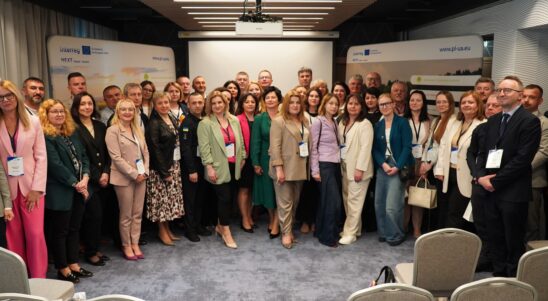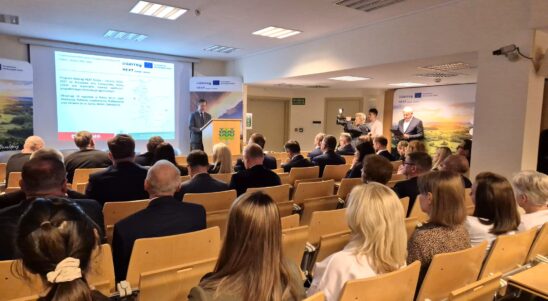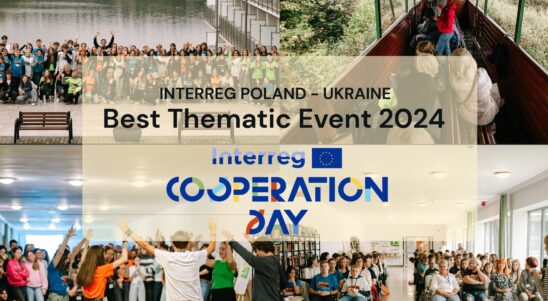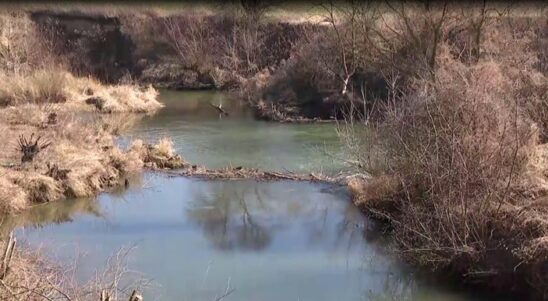-

Opublikowano 30.05.2025
In the Rhythm of Nature. In the Rhythm of Health
-

Opublikowano 29.05.2025
A New Look for the PL-UA Website
-

Opublikowano 28.05.2025
How did the Conference “Priority: ENVIRONMENT and TOURISM” go?
-

Opublikowano 26.05.2025
Programme in numbers: 240,000 people a year will benefit from improved healthcare
-

Opublikowano 26.05.2025
Training for Ukrainian project partners
-

Opublikowano 24.05.2025
IMPORTANT! Common Programme Manual for all projects’ types
-

Opublikowano 20.05.2025
Join the Online Conference “Priority: ENVIRONMENT and TOURISM”!
-

Opublikowano 15.05.2025
Modern medicine without borders
-

Opublikowano 12.05.2025
Our Programme Helps Start a New Life
-

Opublikowano 12.05.2025
Training sessions for project partners
-

Opublikowano 09.05.2025
Our Finale – Best Thematic Event of IC Day 2024!
-

Opublikowano 30.04.2025
In Ukraine, Regional Contact Points begin their activity
-

Opublikowano 30.04.2025
Changes in the CST2021 User Guide – Payment Claims area – Version 3
-

Opublikowano 30.04.2025
On 1st and 2nd of May the office of the JS will be closed
-

Opublikowano 29.04.2025
Programme in numbers: 53 rescue vehicles
-

Opublikowano 29.04.2025
Training: “Procurement in Projects” for Ukrainian Partners
-

Opublikowano 28.04.2025
We invite you to the Conference “Priority: ENVIRONMENT and TOURISM”!
-

Opublikowano 25.04.2025
Another environmental project has started – WaterWatch
-

Opublikowano 23.04.2025
Conference for ENVIRONMENT and TOURISM projects (SAVE THE DATE)
-

Opublikowano 23.04.2025
Changes in the LIP Manual – Version 5